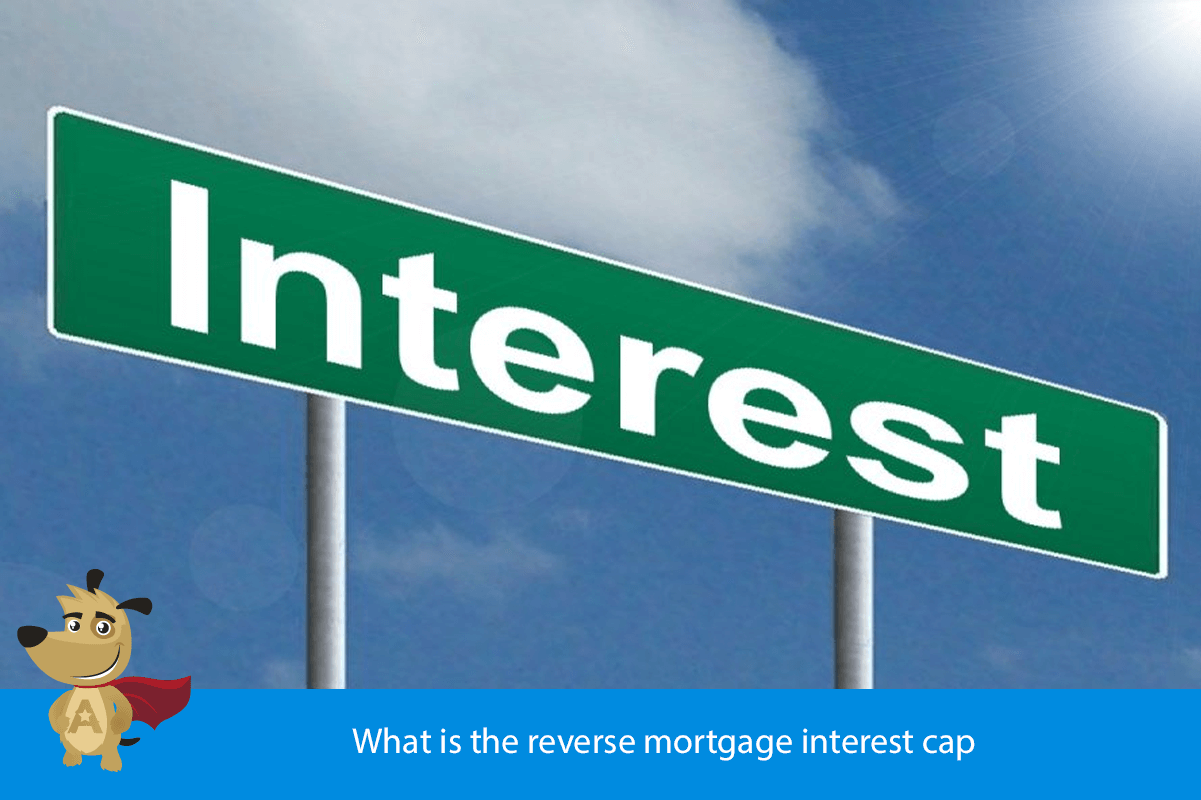
COMPARE LIFETIME CAP RATES.

 |
ARLO™REVERSE MORTGAGE
ASSISTANT |
Reverse Mortgage Interest Rate Cap Explained
 |
Michael G. Branson, CEO of All Reverse Mortgage, Inc., and moderator of ARLO™, has 45 years of experience in the mortgage banking industry. He has devoted the past 20 years to reverse mortgages exclusively. (License: NMLS# 14040) |
 |
All Reverse Mortgage's editing process includes rigorous fact-checking led by industry experts to ensure all content is accurate and current. This article has been reviewed, edited, and fact-checked by Cliff Auerswald, President and co-creator of ARLO™. (License: NMLS# 14041) |
Can the loan balance grow beyond the value of the house? I thought there was a cap of 60% of the value of the house?

There is no “cap” on the amount of interest that can accrue. In many cases, especially if the value of the home declines as they have done in recent years, the balance of the reverse mortgage did exceed the value of the home.
Although I saw several bad articles chided reverse mortgage for this fact, it actually worked to the borrowers’ advantage and the authors did not take the positives of the product into consideration.
The example the authors used was a borrower who, with her husband, borrowed approximately $225,000 on their home with a reverse mortgage. After several years of living in the home without making any loan payments, the balance had grown.
The husband passed and the wife found herself needing to leave the family home to move to a nursing facility and the property was now worth only $167,000, well below what was owed on the reverse mortgage.
Authors howled about the excessive fees (the highest fees were the HUD mortgage insurance fees of over $8,000) and they talked about how this borrower now had to leave her home with nothing because the reverse mortgage now had a balance of over $300,000 and there was nothing left for her.
What escaped everyone was that the borrowers received $225,000 just a few years earlier, that they lived in their home for several years without making a payment and regardless of any type of mortgage, if you take a loan out for $225,000 and property values decline to $167,000, there will be no equity left when the home is sold.
The best thing that could have happened to this borrower is that they did take out the funds in a reverse mortgage since reverse mortgages are non-recourse loans.
In other words, the borrower and her heirs never have to repay the shortfall between the current value of $167,000 and the $300,000+ owed on the loan.
The HUD mortgage insurance premium that the borrowers paid made certain that they and their heirs would never have to pay any shortfall.
So the bottom line is that while we all hope that we get back to real estate markets where we see appreciation and that loan balances do not grow beyond the value of the homes, it is entirely possible and probable if the borrowers stay in the homes long enough and value do not increase.
However, that is a common occurrence in today’s market with loans of all kinds and falling values, but on other loans borrowers are also making monthly mortgage payments and are not guaranteed to be able to stay in their homes as long as they live there and meet the conditions in the mortgage agreements.
ARLO recommends these helpful resources:

Have a Question About Reverse Mortgages?
Over 2000 of your questions answered by ARLO™
Ask your question now!

 Michael G. Branson
Michael G. Branson Cliff Auerswald
Cliff Auerswald

January 7th, 2018
January 23rd, 2018